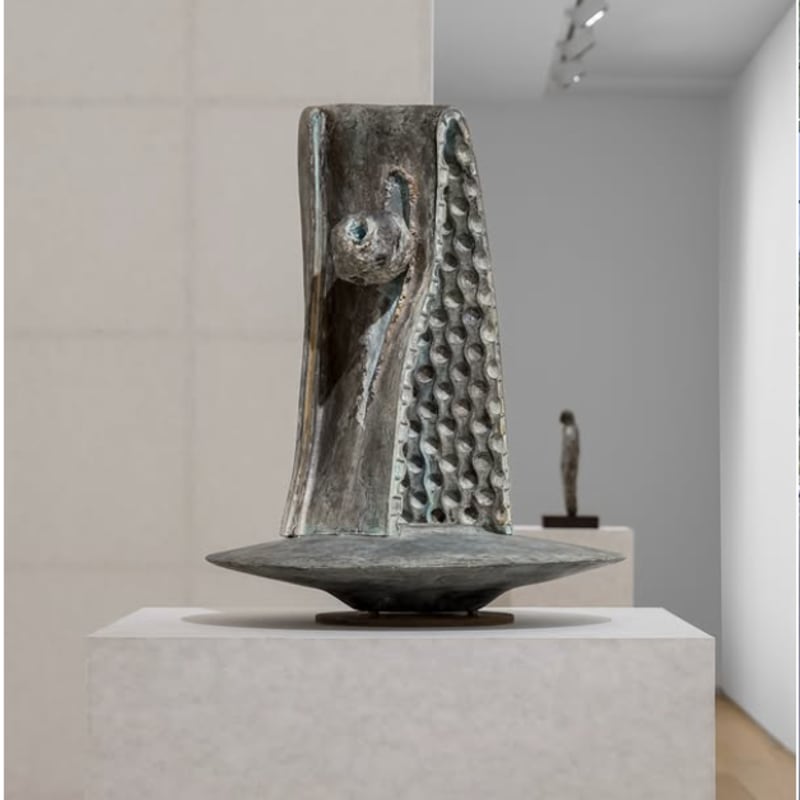The new year brings new shows from Amsterdam to Zurich and beyond. Ranging from Marlene Dumas’s contemporary take on ancient art in Athens to Anslem Kiefer’s ties to Van Gogh, here are nine exhibitions that can’t be missed.
Anselm Kiefer “Tell Me Where the Flowers Are” at the Van Gogh Museum and Stedelijk Museum, Amsterdam
March 7–June 9, 2025
Anselm Kiefer, widely considered one of the most important artists of our time, will be having a very big year in 2025, with multiple shows across Europe and beyond. Perhaps the most significant is “Tell Me Where the Flowers Are,” an unprecedented collaboration between the Van Gogh Museum and the Stedelijk Museum in Amsterdam. This dual arrangement will spotlight Vincent van Gogh’s influence on Kiefer at the former museum, combining new works by the German artist along with a selection of highlights from the museum’s collection, chosen by Kiefer. At the Stedelijk, Tell Me Where the Flowers Are is also the title of Kiefer’s new 78-foot-long painting, which will fill the space around the museum’s staircase. The show will then travel to London’s Royal Academy, running from June 28 to October 26.
—Vivienne Chow
“Five Friends: John Cage, Merce Cunningham, Jasper Johns, Robert Rauschenberg, Cy Twombly”, Museum Ludwig, Cologne
October 3, 2025–January 11, 2026
The influence of the short-lived Black Mountain College for arts students looms large on the midcentury American art scene, not least for bringing together creatives from different disciplines who were able to share their ideas. The most famous of these is the friendship that formed between painters Cy Twombly and Robert Rauschenberg, the choreographer Merce Cunningham, and the composer John Cage, soon gaining a fifth member in Rauschenberg’s lover Jasper Johns.
As individuals, these titans have tended to command grand retrospectives of their own, but a new show at Museum Ludwig will interrogate the richly fertile web of influence that formed between them. How exactly did a musical theory devised by Cage go on to influence neo-Dada assemblage? What role did Rauschenberg and Johns’s stage sets play in the dance schemes dreamt up by Cunningham? This celebration of the power of collaboration touches not just on friendship but also romance, prompting the curators to also consider the experience of being a gay artist in 1950s America.
—Jo Lawson-Tancred


















































































































































































